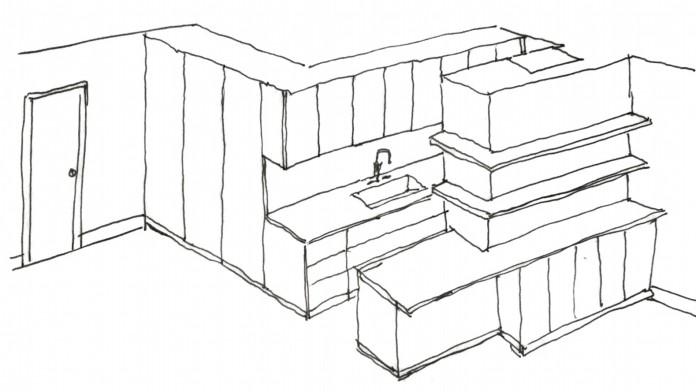As a licensed and practicing architect, I regularly take continuing education courses to stay up to date and maintain my certification. My most recent course detailed the perks and benefits of using bamboo in remodeling, renovation and building, and it's pretty incredible what using bamboo can do for your holistic space and for the environment. Let's take a look at why bamboo is hopefully here to stay.
Bamboo is Environmentally Friendly and Sustainable
Using bamboo to build dates back at least 2,000 years in Chinese culture, and there are 1,400 different species of bamboo, all of which can be used differently. It's such an amazing untapped resource that fully engaging in a bamboo-based industry could provide jobs for up to one billion people worldwide, all without providing any unnecessary strain on our environment or ecosystems.
Unlike the harvesting process of typical trees, harvesting bamboo does not fully release its carbon dioxide supply into the air. This is no small detail, since deforestation is one of the main contributors to global warming through carbon off gassing. Instead, the root structure of bamboo stays alive and holds onto almost 50% of the carbon it sequesters, which can be up to 60% more than fir trees.
Bamboo also releases 35% more oxygen than typical fir trees, helping to give back more to the environment, and since it is harvested more selectively, it doesn't wear out soil, which prevents the need for relocation, a common issue in traditional wood harvesting.
Bamboo is a rapidly renewing resource, and due to its tight hold on carbon and the fact that it travels via sea and train for much of its journey to us from Asian countries, it's actually a carbon negative product, which means that yes, it is more sustainable in every way than traditional wood. All of this, without even mentioning that relying on bamboo for building can not only avoid the devastating effects deforestation has on some indigenous species, it can actually help us to provide more solid economies for these people while we still have everything we need in building supplies.
Using Bamboo Adds Nature to Your Space
Recent research shows that using natural wood in indoor environments actually has positive impacts on our health, much like that of spending time out in nature. In fact, using natural wood like bamboo for our building needs can lead to decreased blood pressure, lower levels of stress and increased emotional wellness! Talk about benefits!
What's more, some other studies have shown that physical contact with wood products, as opposed to other materials like aluminum and plastic, actually produces positive physiological responses. We feel safer when we're surrounded by nature, even if it's in our homes and not outdoors. These studies also show that imitation wood doesn't have the same effects.
It's not difficult to see why choosing bamboo for renovations and other indoor needs is a good move all around. In fact, we'll share even more benefits soon! With plenty of perks and almost no downside (as long as you get quality, properly aged product!), bamboo is potentially an amazing tool to move us forward in sustainable, eco-friendly building and green design. Would you consider using it?
by Anjie Cho





